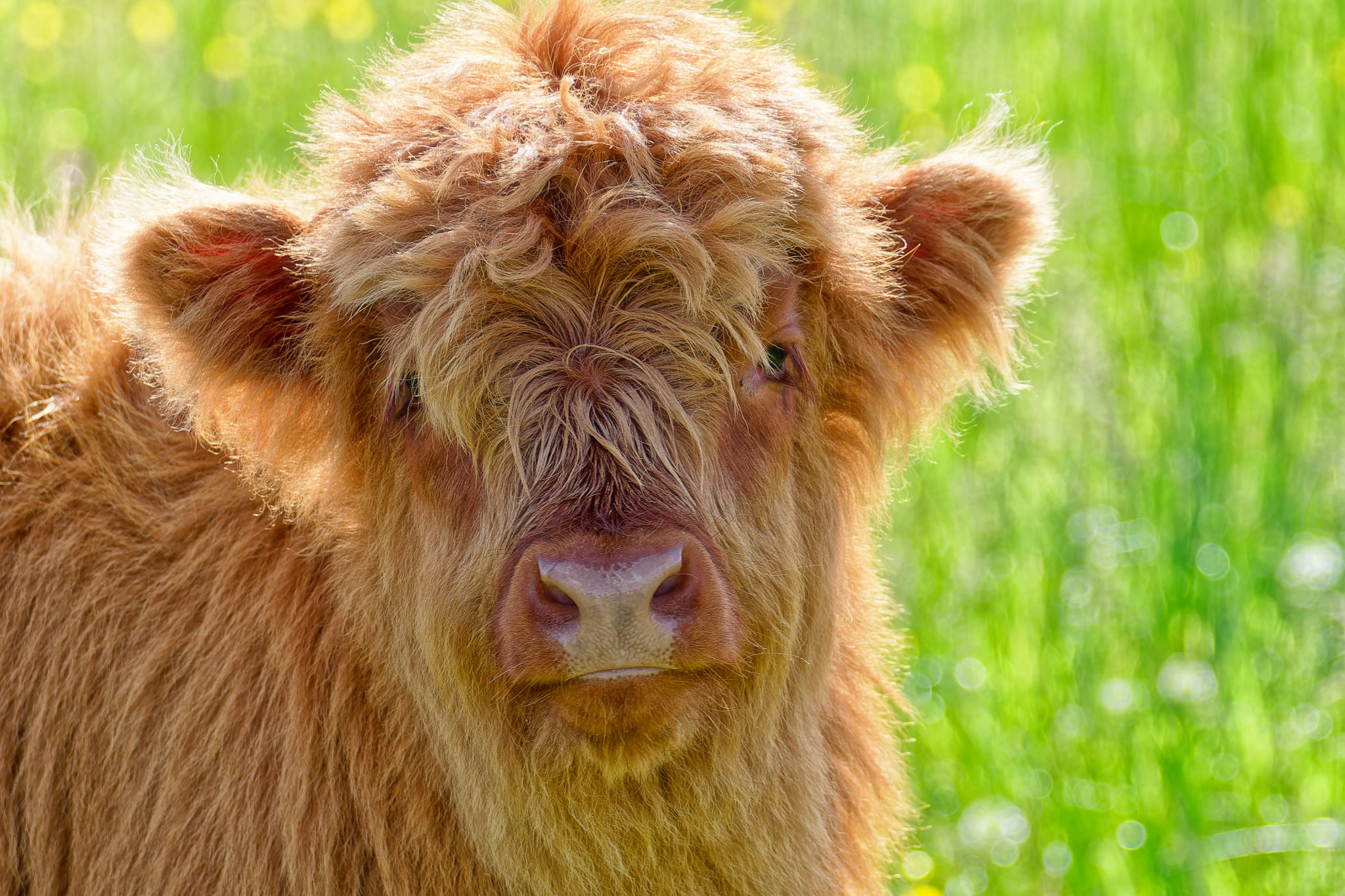Debunking Myths: Common Misconceptions About Miniature Highland Cattle
Understanding Miniature Highland Cattle
Miniature Highland cattle have been growing in popularity as more people embrace sustainable farming and unique livestock. However, with this rise in interest comes a slew of misconceptions that can lead to misunderstandings about these charming creatures. In this post, we aim to debunk some of the most common myths surrounding Miniature Highland cattle.

Myth 1: Miniature Highland Cattle Are Aggressive
One of the most pervasive myths is that Miniature Highland cattle are aggressive. This is far from the truth. These cattle are known for their gentle and docile nature. They are often compared to large pets due to their friendly demeanor. With proper handling and socialization, they can be quite affectionate and enjoy human interaction.
In fact, they are often used in therapeutic settings because of their calm and soothing presence. If they are raised with care and respect, they can become trusted members of the family farm.
Myth 2: They Require a Lot of Space
Another common misconception is that Miniature Highland cattle need extensive acreage to roam. While it's true that all cattle benefit from having room to graze, Miniature Highlands are much smaller than their full-sized counterparts, requiring less space. This makes them an excellent choice for small farms or even large backyard settings.

It's important to provide them with enough space to move comfortably, but they do not require sprawling pastures to thrive. Proper pasture management and rotational grazing can help maintain the land and keep the cattle healthy without needing vast amounts of acreage.
Myth 3: Miniature Highland Cattle Are High Maintenance
Some people believe that Miniature Highland cattle are high maintenance due to their long hair and unique appearance. While they do require some grooming, it is not as intensive as one might think. Regular brushing helps maintain their coat and reduce matting, especially during shedding seasons.
Aside from grooming, their daily care is similar to other cattle breeds. They need access to fresh water, quality forage, and regular veterinary care to ensure their health and well-being.

Myth 4: They Are Not Suitable for Cold Climates
Given their origin in the Scottish Highlands, these cattle are exceptionally well-suited for cold climates. Their thick double coat provides excellent insulation against harsh weather conditions. This allows them to thrive in colder regions where other breeds might struggle.
However, it's essential to provide them with adequate shelter during extreme weather conditions to ensure their comfort and safety. A simple barn or lean-to can offer protection from severe winds and precipitation.
Myth 5: Miniature Highland Cattle Are Only for Show
While it's true that many people are drawn to Miniature Highland cattle for their striking appearance, they are more than just pretty faces. These cattle are quite versatile and can be used for a variety of purposes, including beef production, dairy farming, and even land management.
Their smaller size makes them easier to handle than larger breeds, which can be particularly beneficial for novice farmers or those with limited experience in cattle management.
In conclusion, Miniature Highland cattle are a fascinating breed that offers numerous benefits beyond their charming appearance. By debunking these common myths, we hope to encourage more people to consider these delightful animals as part of their farming ventures.